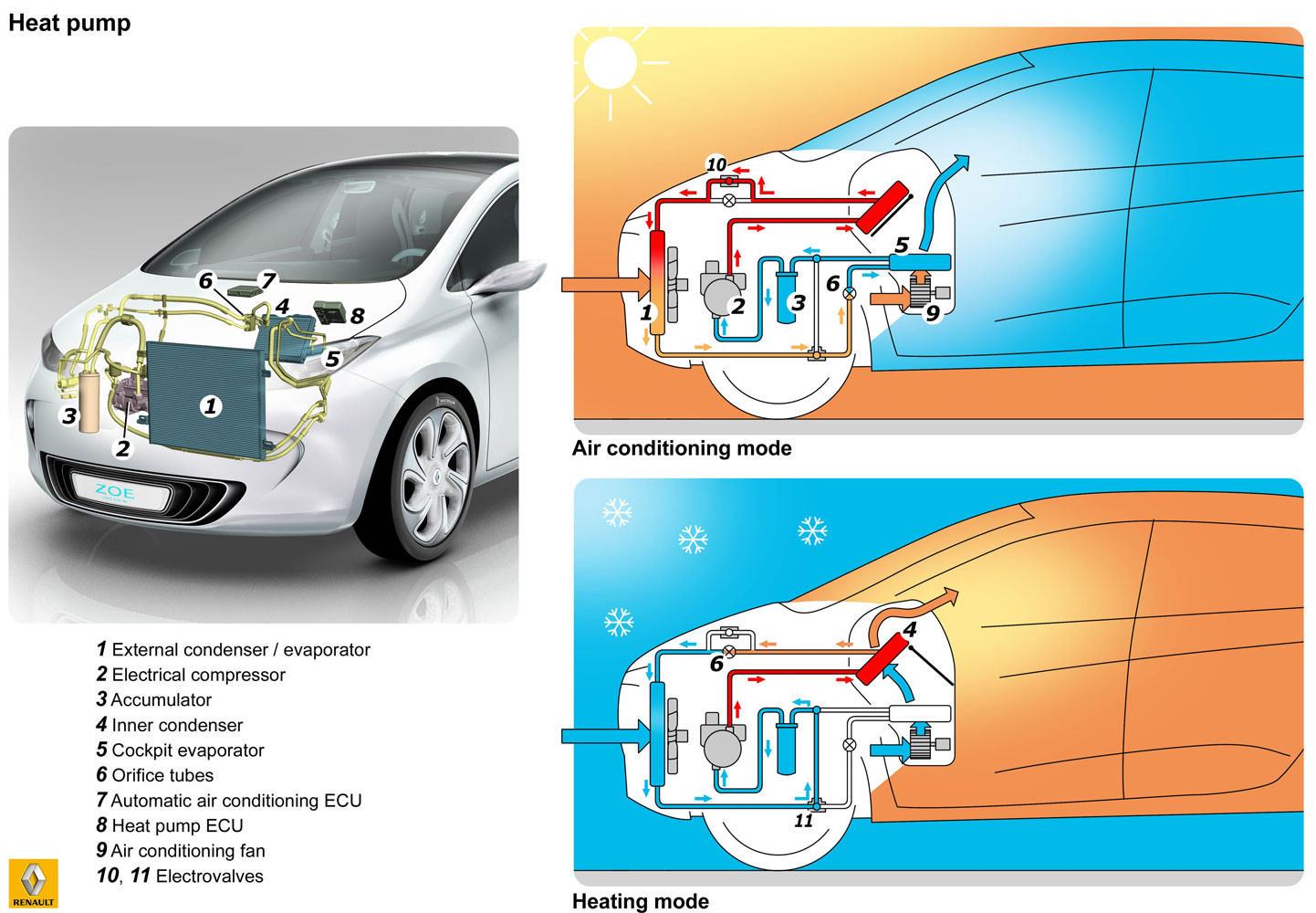Driving like your grandma
I admit traffic lights are the places where, when driving the Zoe, the challenge is burning. Boys toys. But after watching Alloam’s video about trying to get a 100/100 Eco score I have changed my strategy and now try to get really good mileage, just for the fun of it. Here are my tips for those who want to try:
- Be extremely gentle on the accelerator. When not hindering other traffic, try to keep your power below 8 kW
- Anticipate like crazy. If there’s any indication of slowing down, aim for 0 kW if possible. Remember, try coasting on 0 kW when possible, then regeneration, then braking
- Keep your speed down when possible. If you’re not in a hurry, just go with the lorry flow. Keeping 86 – 92 km/h makes a HUGE difference
Opinions of using the Cruise Control, especially in hilly terrain, varies. For flat terrain I always use it.
 Where does CanZE come in? Well, for me, I keep an eye on the kWh/100km line in the middle graph of the Consumption screen. I noticed that after a while a second feedback mechanism emerged: the bottom graph shows a black line for the SOC in percentages, and a red line for the estimated range in kms (on a scale from 0 – 150 km). I really try to keep the red line above the black one, giving me a long-time average of over 150 km per full charge. As you can see, 170 km’s is doable.
Where does CanZE come in? Well, for me, I keep an eye on the kWh/100km line in the middle graph of the Consumption screen. I noticed that after a while a second feedback mechanism emerged: the bottom graph shows a black line for the SOC in percentages, and a red line for the estimated range in kms (on a scale from 0 – 150 km). I really try to keep the red line above the black one, giving me a long-time average of over 150 km per full charge. As you can see, 170 km’s is doable.
 And it really pays off. Look what I saw yesterday evening!
And it really pays off. Look what I saw yesterday evening!







